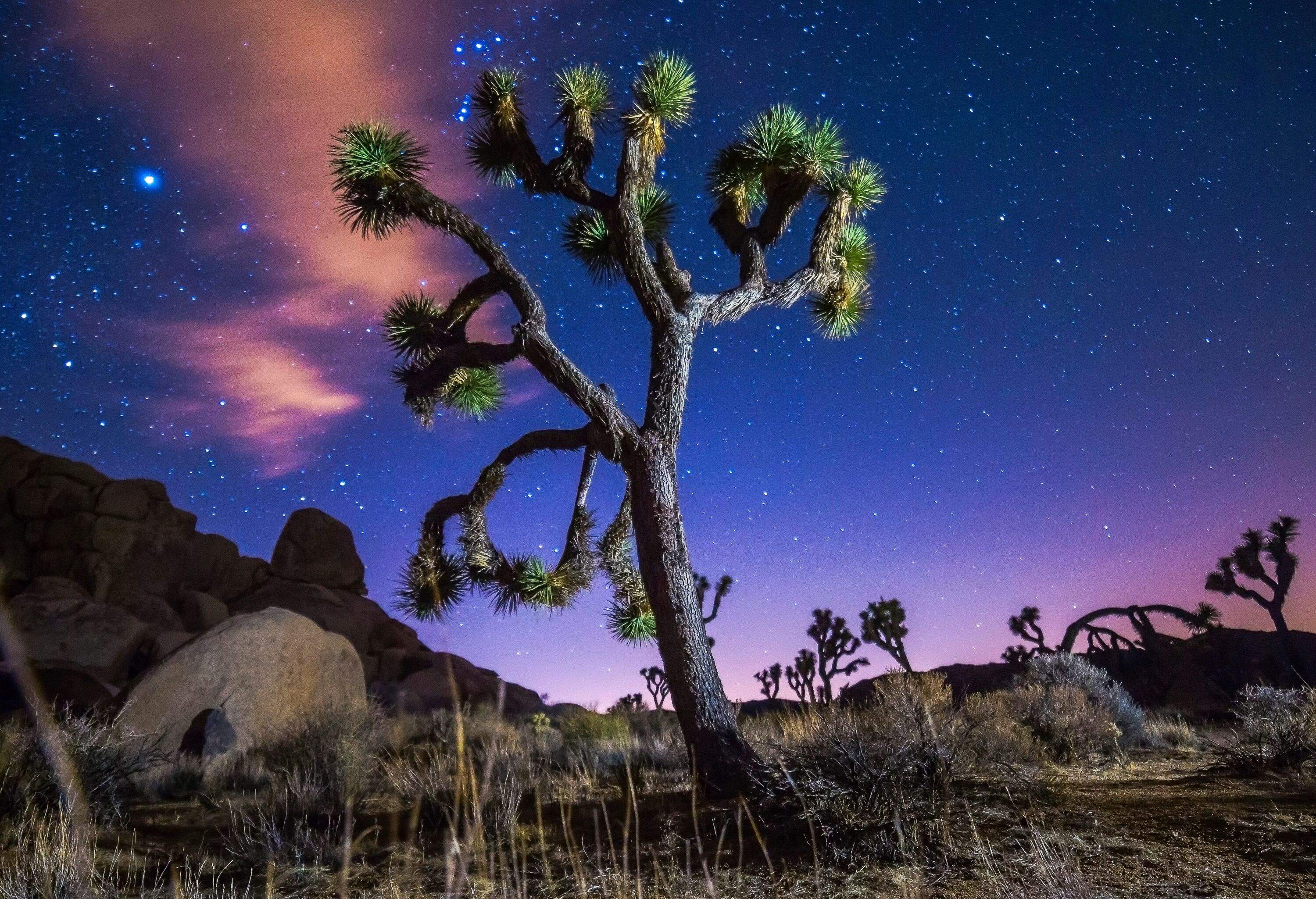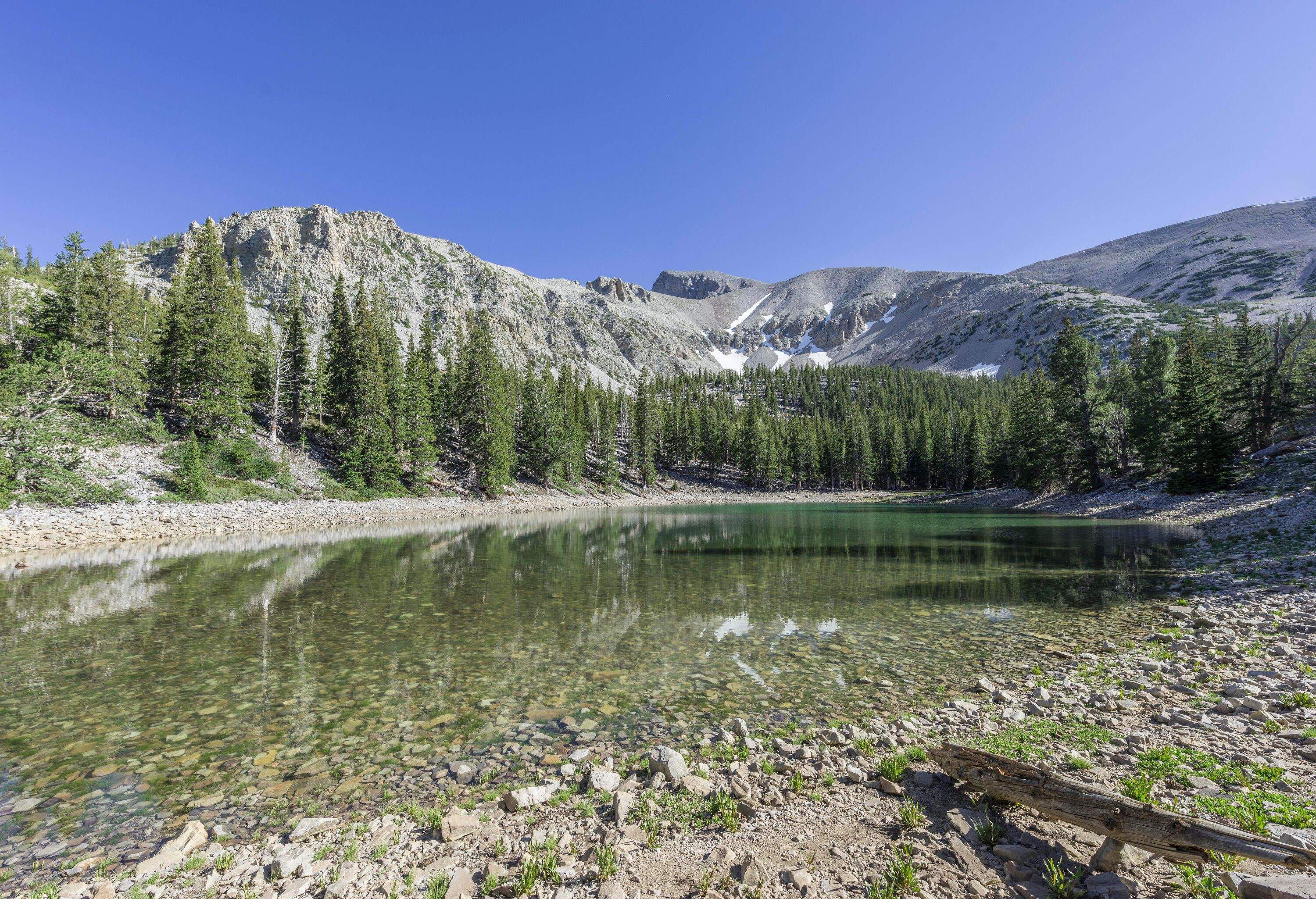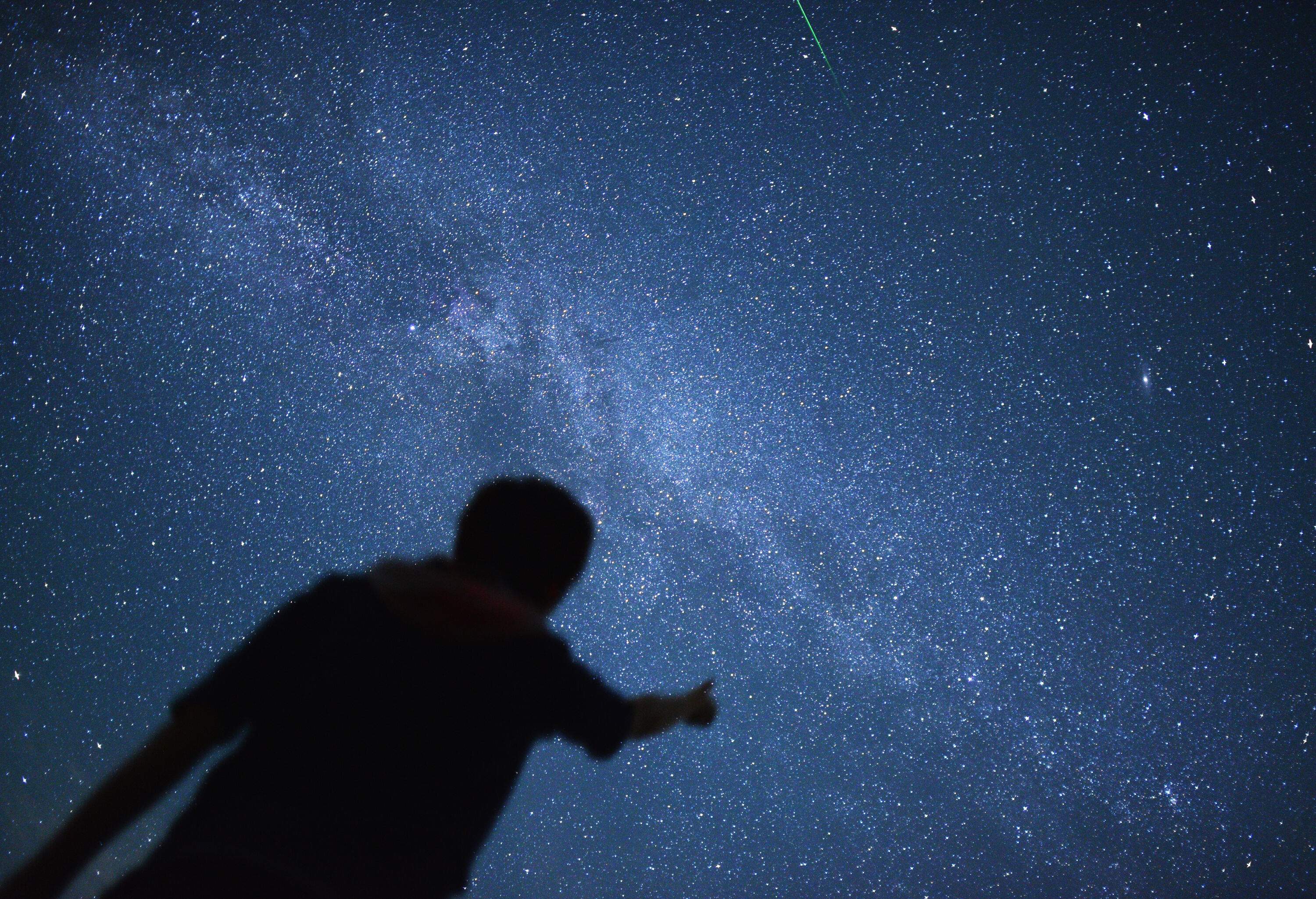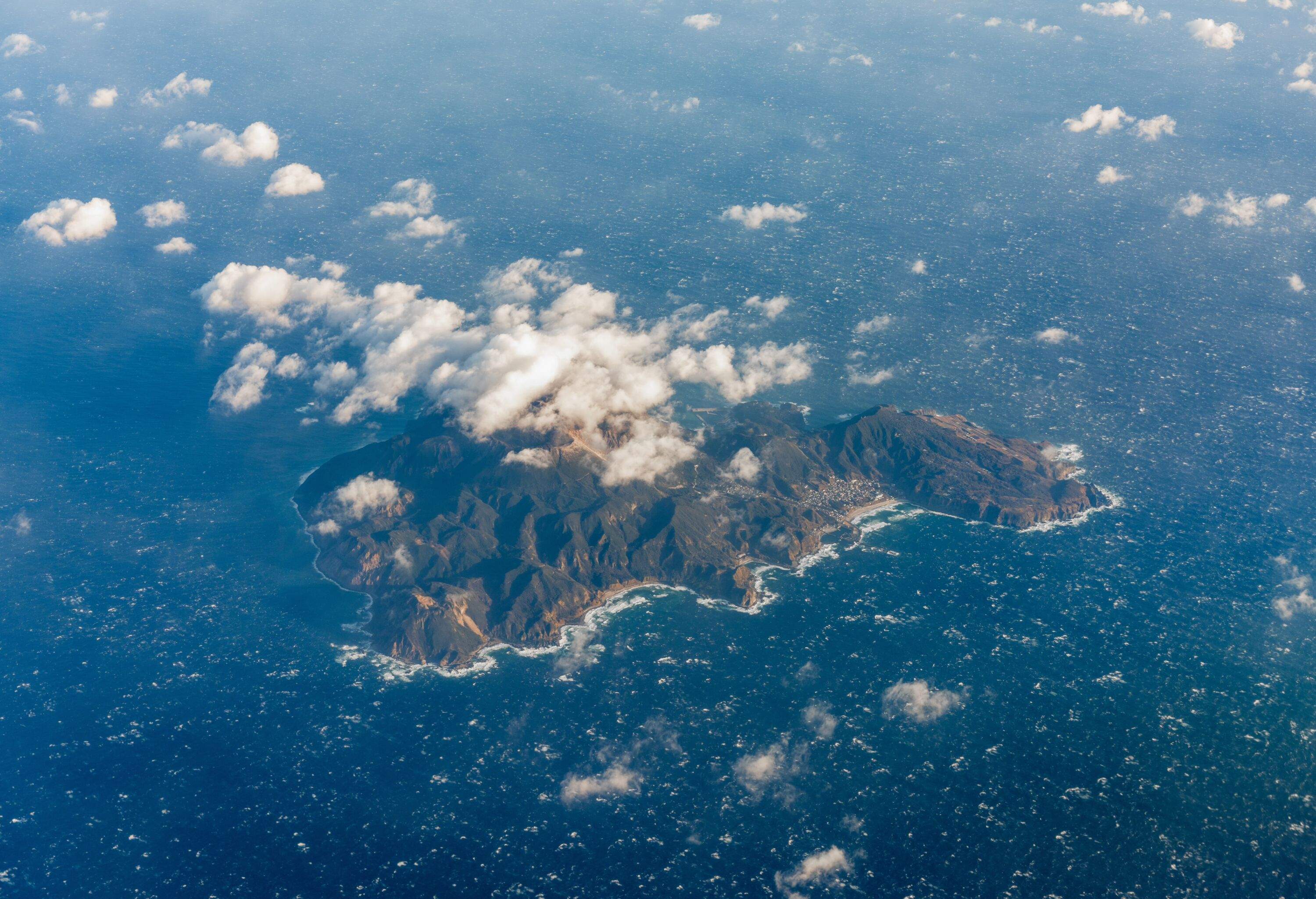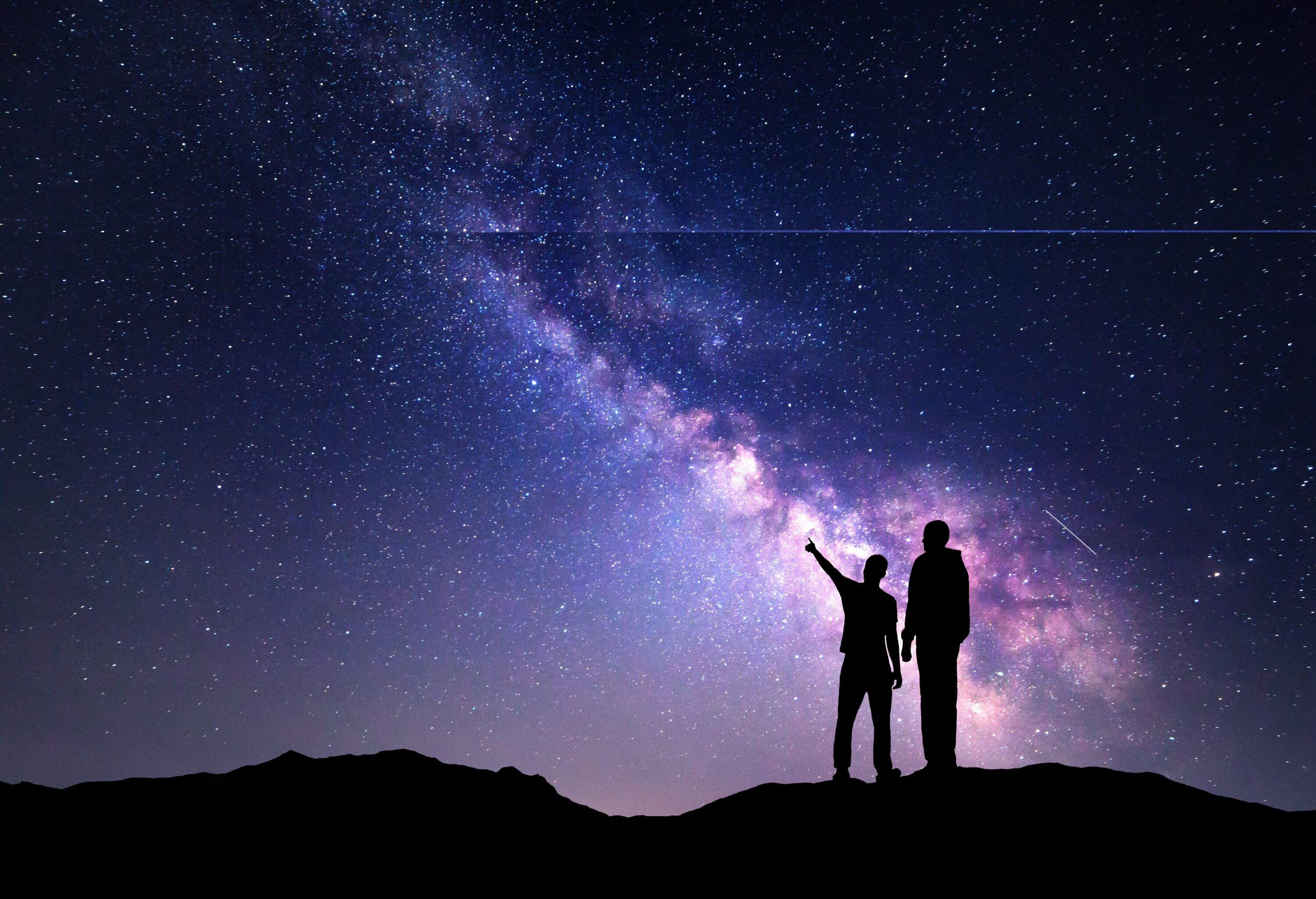Light pollution. It’s every stargazer’s worst enemy. Every street lamp, digital billboard and abrasively bright stadium muddies our view of the night sky – and the cosmic spectacles in it. Unless you’re in a Dark Sky Park.
Dark Sky Parks – along with Dark Sky Sanctuaries, Reserves and Communities – are places that DarkSky International preserves and protects through responsible lighting policies and public education. As of August 2024, there are 125 Dark Sky Parks around the world – and 88 of them are located in the US.
Major astronomical events in 2024 – 2025
There are a host of astronomical events occurring in 2024 and 2025, and it’s a good idea to plan your Dark Sky Park visit around one of them – whether it’s the super full moon in October or the total lunar eclipse in March.
- Saturn Nearest Earth (September 8, 2024)
- Super Full Moon (September 18, 2024)
- Partial Lunar Eclipse (September 18, 2024)
- Orionid Meteor Shower (September 26 – October 19, 2024)
- Tsuchinshan-ATLAS Comet (October 12 – 19, 2024)
- Super Full Moon (October 17, 2024)
- Pleiades Star Cluster (November 2024)
- Geminid Meteor Shower (December 4 – 17, 2024)
- Quadrantids Meteor Shower (January 3 – 4, 2025)
- Mars Nearest Earth (January 16, 2025)
- Total Lunar Eclipse (March 14, 2025)
The top Dark Sky Parks in the US
Joshua Tree National Park
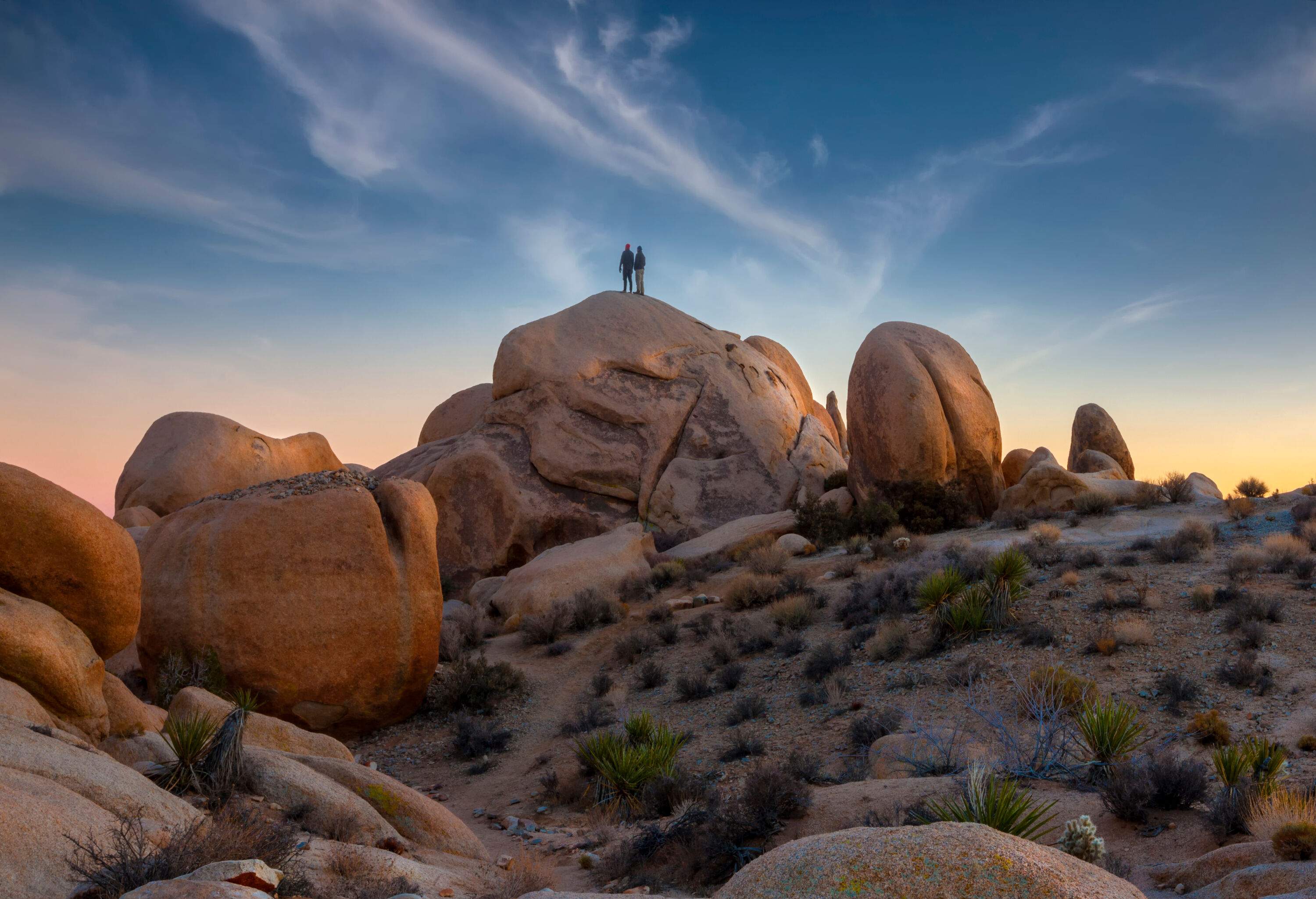
Joshua Tree National Park in southern California may be known for its wildlife, rock formations, and other-worldly desert landscape, but it was also designated a Dark Sky Park in 2017. In the winter months, the darkness is even more prominent – and lengthy. In December, sunset can start as early as 4:30pm with the sky going completely dark by 5pm. Just remember to bring layers when heading to the four designated stargazing areas in the park: temperatures in Joshua Tree tend to drop quickly at night.
Big Bend National Park
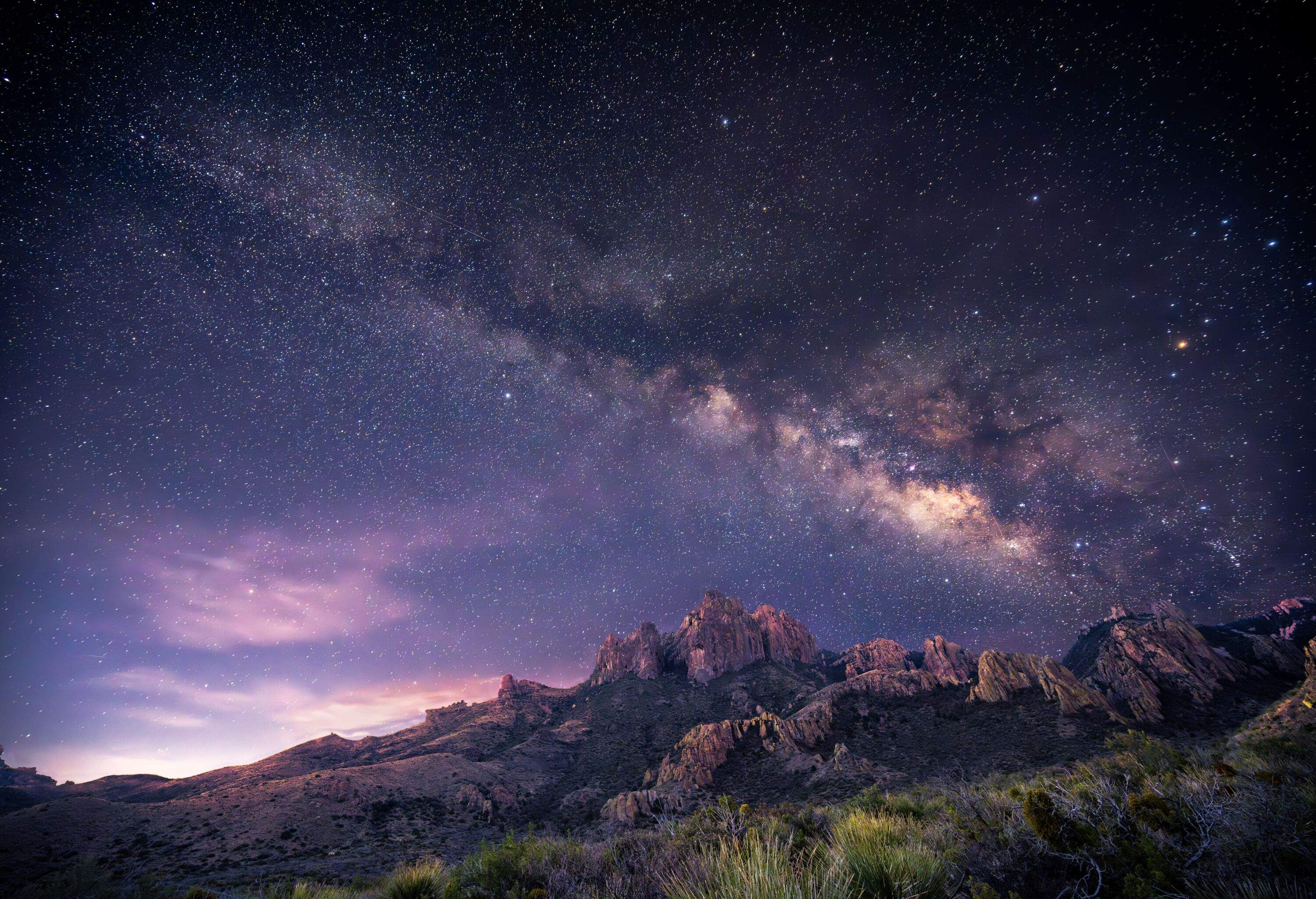
To find some of the darkest skies in the US, you’ll want to visit Big Bend National Park in southwest Texas. About a 6 hour drive from San Antonio, the park is known for unparalleled remoteness, a key factor in its Dark Sky Park status. While astrotravelers are encouraged to bring binoculars and set up camp, the park also offers ranger-led stargazing programs throughout the year.
Grand Canyon National Park
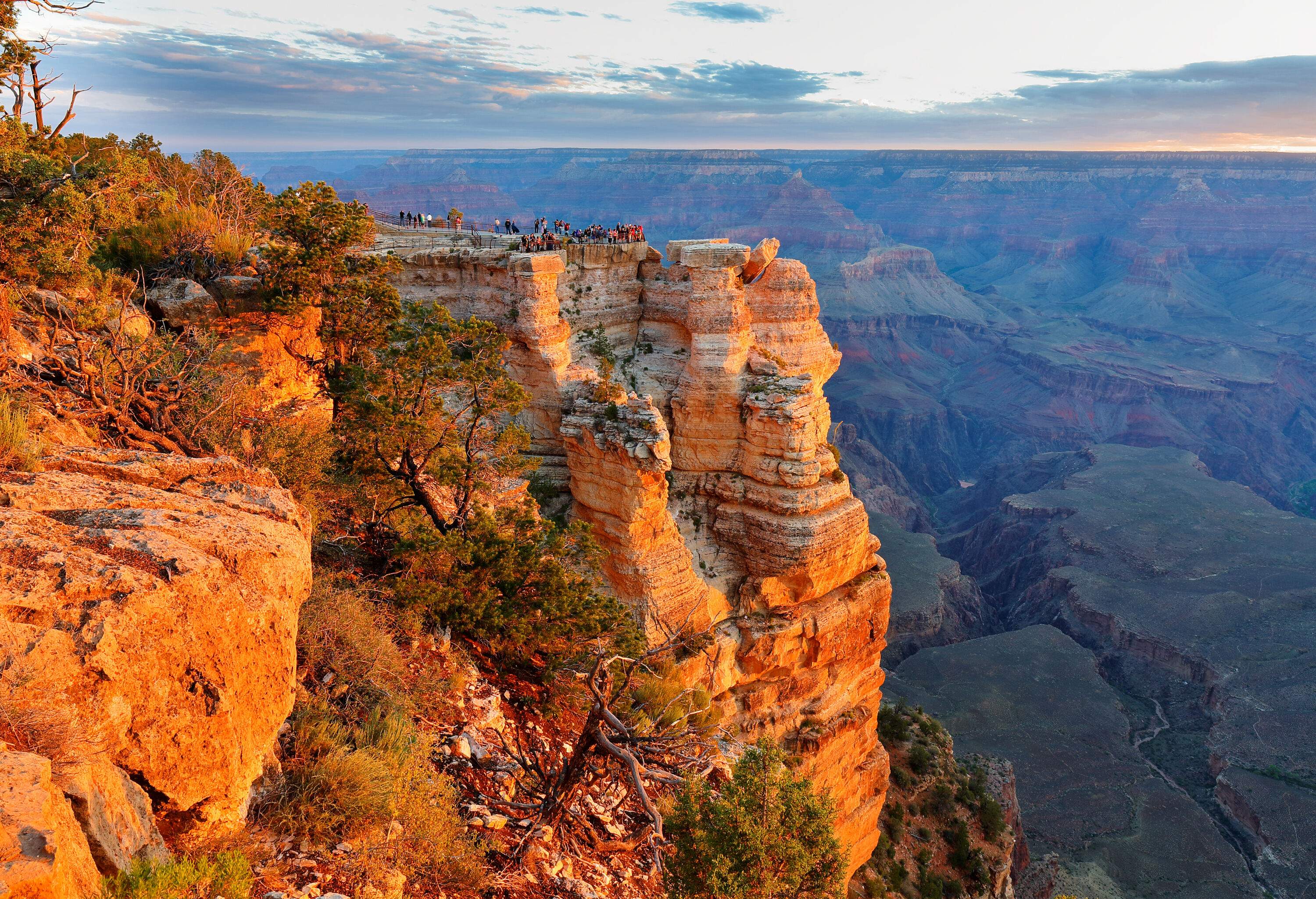
The Grand Canyon may be absolutely stunning during the day but it’s also a top-tier nighttime destination for stargazers. This Dark Sky Park is open 24 hours a day, and there are numerous spots to look skyward (though some are better than others). If you’re in South Rim Village, head to Mather Point, only a short walk from the visitor center. For those on the North Rim, Cape Royal is your place to be.
Death Valley National Park
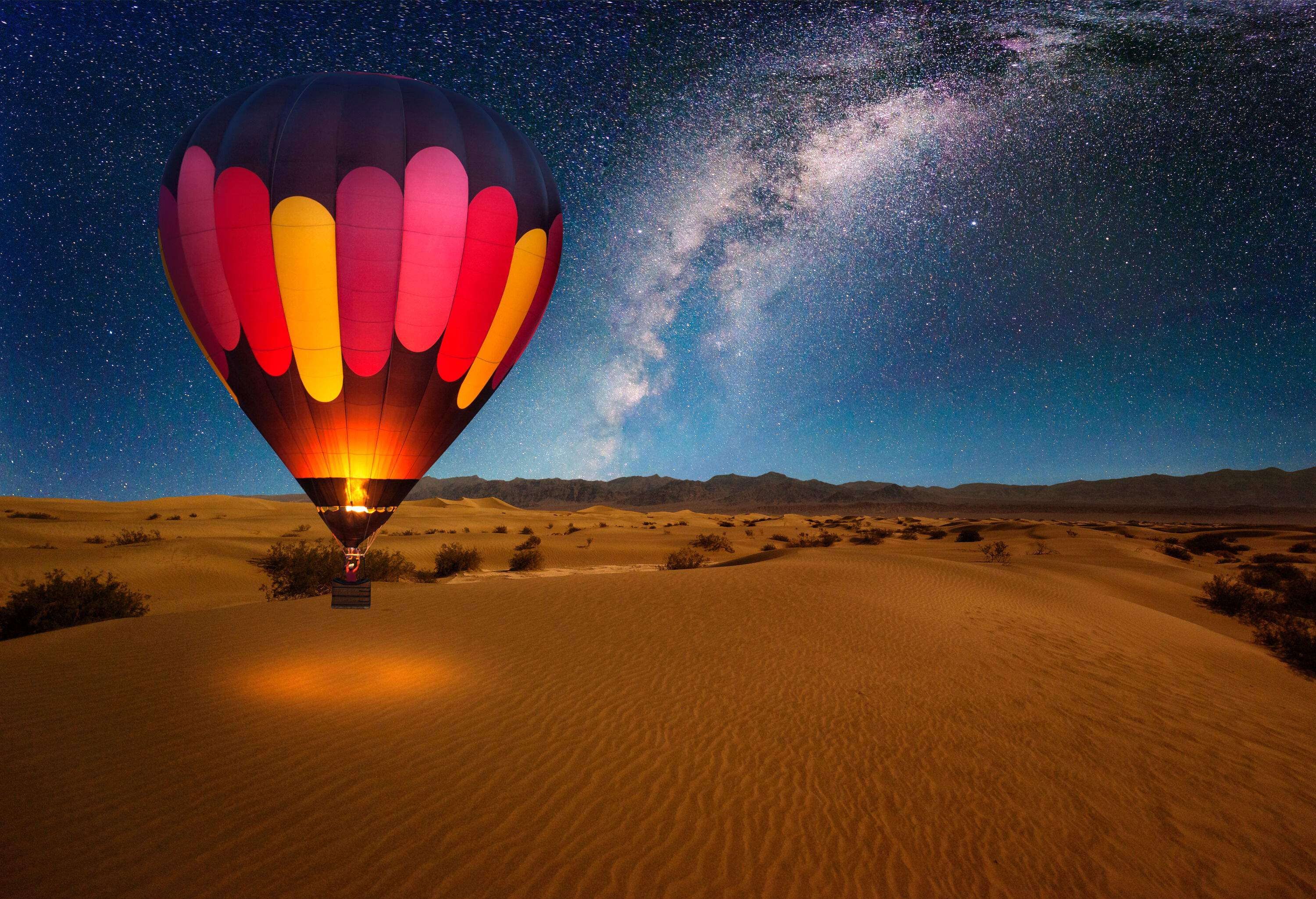
Thanks to its remoteness and below-sea-level elevation, Death Valley National Park is perfect for sighting constellations and the hazy Milky Way. You can find pristine views of the night sky throughout the park, but Mesquite Flat Sand Dunes, the Ubehebe Crater, Harmony Borax Works and Badwater Basin are recommended by rangers. The park also hosts the annual Dark Sky Festival in March, with three days of free stargazing programming.
Great Basin National Park
Some of Great Basin National Park’s best wonders are seen at night. In the summer, the Milky Way, thousands of stars and, occasionally, the Andromeda Galaxy are in eyeshot. Come winter, stargazers can usually see the Orion constellation and the Pleiades open star cluster. No matter when you visit, you’ll want to post up at the Astronomy Amphitheater or Mather Overlook to snag the most stellar views.
The top 5 Dark Sky Parks in the world
Albanyà – Spain
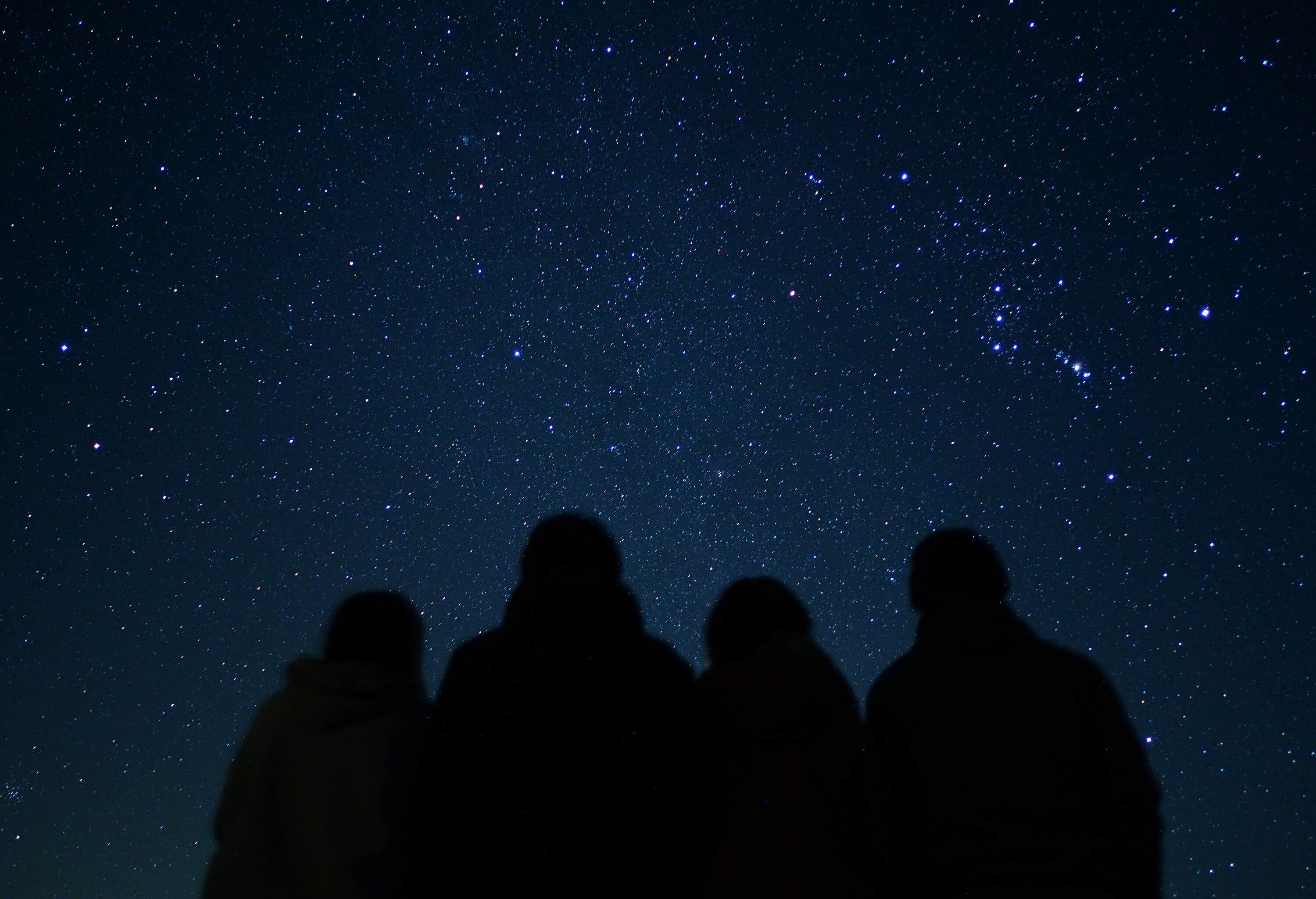
Albanyà is a Spanish municipality in the region of Alt Empordà in Girona, Catalonia. It earned its Dark Sky Park title because of its remoteness, promotion of astrotourism and the educational programs offered at Bassegoda Park (its main hub for stargazing). In July 2017, the park observatory, which works with NASA, received a 40cm telescope to use for public education. Along with stargazing, visitors can also camp, hike, fish and swim in the park.
Aenos/Ainos National Park – Greece
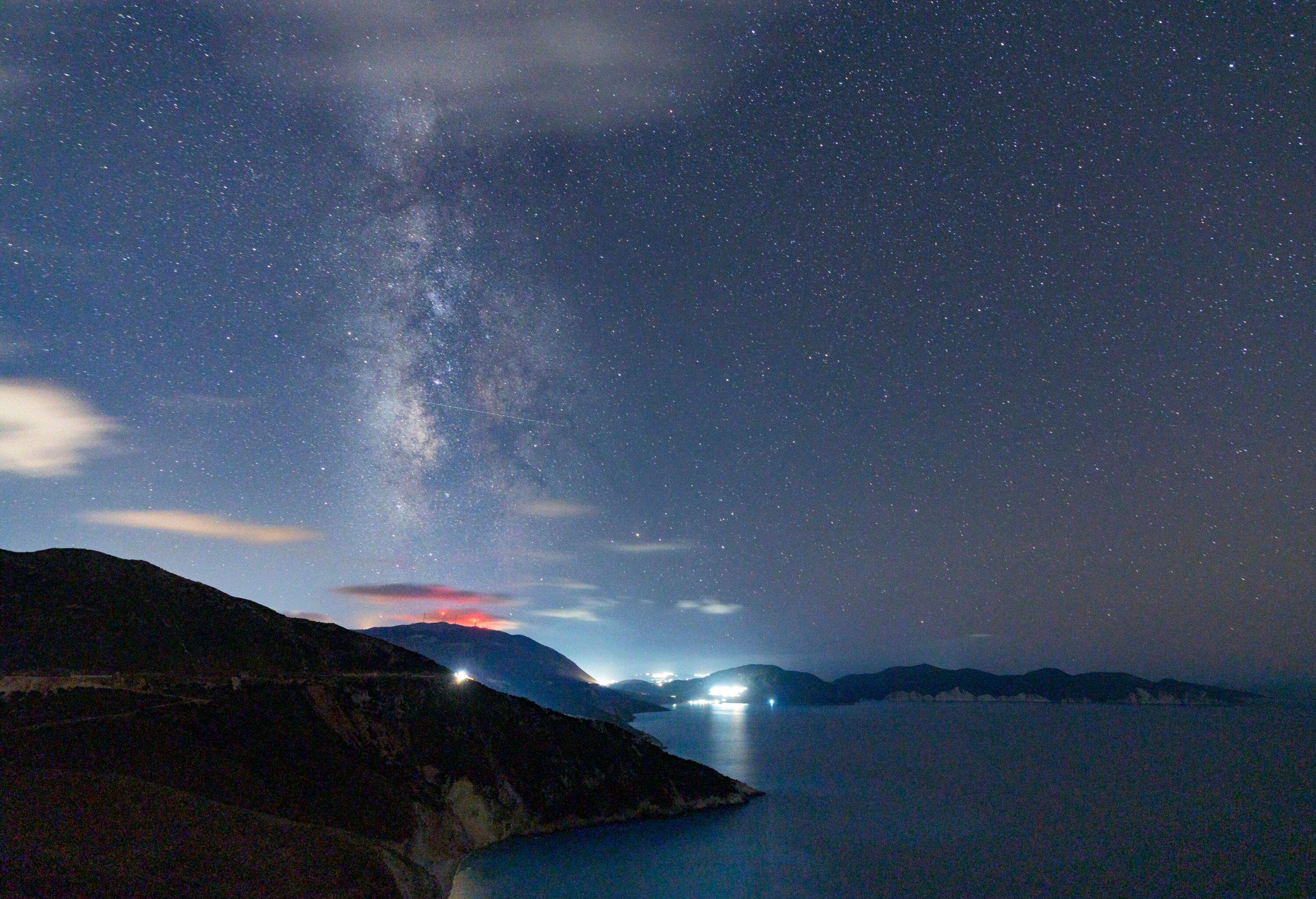
Greece’s first International Dark Sky Park, Aenos (or Ainos) National Park, received its designation in June 2023. The park is located on Kefalonia Island and offers night sky observing and astronomy nights, both of which are free to the public. During the park’s “starry nights,” travelers use telescopes to see planets, star clusters and nebulae, and a park employee uses a green laser to point out specific stars and the ways they can be used to navigate the night sky.
Mayo Dark Sky Park, Ireland
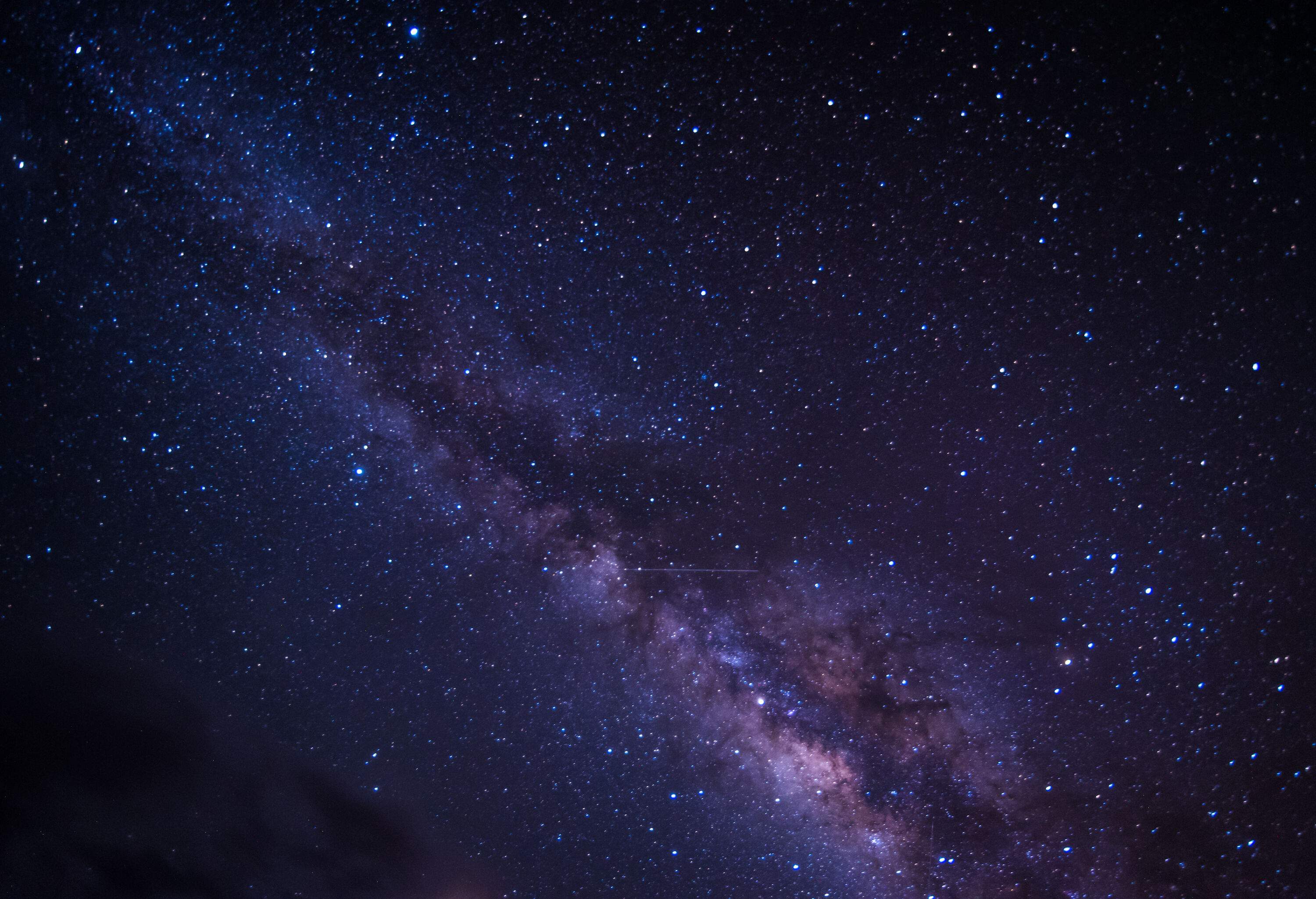
At night, Wild Nephin National Park becomes Mayo Dark Sky Park, otherwise known as Ireland’s first International Dark Sky Park. The park is free to enter and open 24 hours a day. Stargazers can choose from a few viewing locations within the park, but the Brogan Carroll Bothy is the darkest accessible site. Here, you’ll find complete remoteness – as well as the chance to see stars, planets within our solar system, meteor showers and the Milky Way.
Øvre Pasvik National Park – Norway
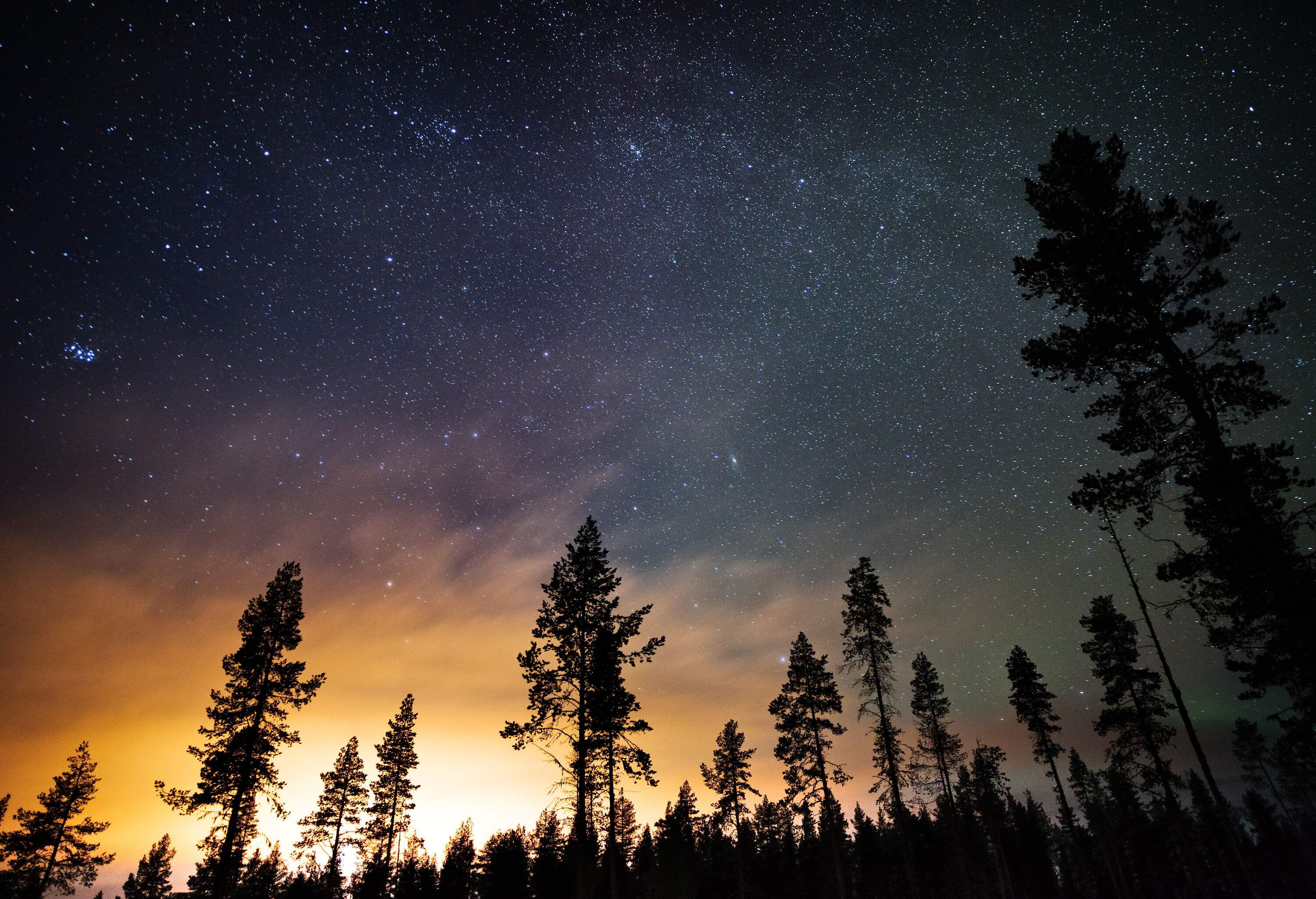
One of the most recent additions to the International Dark Sky Parks roster, Øvre Pasvik National Park was given its Dark Sky Park title in July 2024. Located in Norway’s northeastern corner, the park experiences two months a year where the sun doesn’t rise above the horizon. Additionally, there are no permanent light fixtures anywhere within the protected area. These conditions ensure prime stargazing conditions, but if you’re coming in the colder months, be sure to pack accordingly: temperatures regularly reach well below 0 degrees Fahrenheit.
Kozushima – Japan
Just over 100 miles south of Tokyo is the remote island of Kozushima. Travelers will have to take a 4-hour boat ride (or a 30-minute plane ride) to reach it, but the effort is worth it. In 2020, the island replaced over 400 street and road lights with dark sky-friendly fixtures, a move that resulted in a Dark Sky Park certification and unbeatable stargazing opportunities across the island. If you aren’t sure where to set up for viewing, start with Yotane Square or Akasaki walking path – the latter also boasts breathtaking sunsets and seaside views.
Tips for visiting Dark Sky Parks
Time your trip right.
Bad weather will ruin any chance of seeing the sky. We recommend using a tool like Clear Sky Chart to check the forecast before heading to a Dark Sky Park.
Pack the proper gear.
You may need to hike or trek to your stargazing site, and you’ll want to come prepared. Along with your binoculars and a telescope, you’ll need solid footwear, a red light flashlight or headlamp and weather-appropriate clothing.
Know where you’ll be sleeping.
Camping rules will differ by park, so research ahead of time to see whether it’s possible to bring a tent or an RV. You may need to reserve a cabin or lodge – check out DarkSky Approved Lodging to explore your options.
Discover other places to stargaze
This is a big year for astrological events and KAYAK is here to help. Check out our guide to the Northern Lights, and then find the best flight to your next stellar sidequest.

